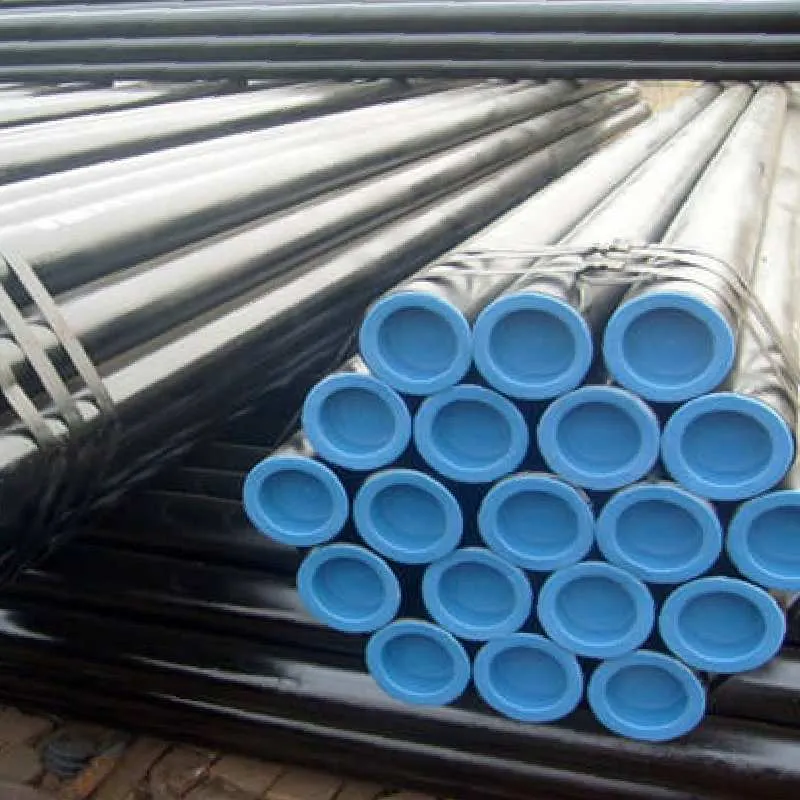-
Cangzhou Yulong Steel Co., Ltd.
-
Phone:
+86 13303177267 -
Email:
admin@ylsteelfittings.com
- English
- Arabic
- Italian
- Spanish
- Portuguese
- German
- kazakh
- Persian
- Greek
- French
- Russian
- Polish
- Thai
- Indonesian
- Vietnamese
- Zulu
- Korean
- Uzbek
- Hindi
- Serbian
- Malay
- Ukrainian
- Gujarati
- Haitian Creole
- hausa
- hawaiian
- Hebrew
- Miao
- Hungarian
- Icelandic
- igbo
- irish
- Japanese
- Javanese
- Kannada
- Khmer
- Rwandese
- Afrikaans
- Albanian
- Amharic
- Armenian
- Azerbaijani
- Basque
- Belarusian
- Bengali
- Bosnian
- Bulgarian
- Catalan
- Cebuano
- China
- China (Taiwan)
- Corsican
- Croatian
- Czech
- Danish
- Esperanto
- Estonian
- Finnish
- Frisian
- Galician
- Georgian
- Kurdish
- Kyrgyz
- Lao
- Latin
- Latvian
- Lithuanian
- Luxembourgish
- Macedonian
- Malgashi
- Malayalam
- Maltese
- Maori
- Marathi
- Mongolian
- Myanmar
- Nepali
- Norwegian
- Norwegian
- Occitan
- Pashto
- Dutch
- Punjabi
- Romanian
- Samoan
- Scottish Gaelic
- Sesotho
- Shona
- Sindhi
- Sinhala
- Slovak
- Slovenian
- Somali
- Sundanese
- Swahili
- Swedish
- Tagalog
- Tajik
- Tamil
- Tatar
- Telugu
- Turkish
- Turkmen
- Urdu
- Uighur
- Welsh
- Bantu
- Yiddish
- Yoruba

Aug . 11, 2024 16:36 Back to list
Exploring the Standards and Applications of BS EN 10216 for Seamless Steel Tubes in Industry
Understanding BS EN 10216 A Key Standard in Steel Pipe Production
The BS EN 10216 standard plays a crucial role in the production and quality assurance of seamless steel pipes specifically intended for high-temperature service. This European standard outlines the technical delivery conditions for non-alloy and alloy steel tubes that are used in various applications, particularly in the energy sector, such as power plants and pipelines. Understanding and adhering to BS EN 10216 is essential for manufacturers, suppliers, and end-users alike to ensure safety, reliability, and compliance with regulatory standards.
Overview of BS EN 10216
BS EN 10216 consists of several parts, each focusing on different types of steel grades and their specific requirements. The standard details the specifications for seamless tubes made from carbon and alloy steels, emphasizing their mechanical properties, manufacturing processes, and quality control measures. The main objective of this standard is to provide a benchmark that ensures the tubes can withstand high pressures and temperatures typically encountered in industrial environments.
Importance of Compliance
Understanding BS EN 10216 A Key Standard in Steel Pipe Production
For end-users, purchasing pipes that meet the BS EN 10216 standard guarantees that they are investing in reliable products that have undergone rigorous testing and quality assurance processes. This standard is widely recognized in the industry, meaning that adhering to it can enhance a manufacturer's reputation and increase marketability.
bs en 10216

Manufacturing Process and Quality Control
Manufacturers must adhere to specific manufacturing processes as outlined in BS EN 10216. These processes include stringent quality control measures to ensure the integrity of the steel, such as non-destructive testing (NDT) methods to detect flaws or imperfections. Common NDT methods include ultrasonic testing, magnetic particle testing, and radiographic testing. By implementing these practices, manufacturers can assure customers that their products meet the necessary quality and performance standards.
Additionally, the standard specifies requirements for the chemical composition of the steel, including limits on elements such as carbon, manganese, and sulfur. Adhering to these compositional guidelines is crucial in achieving the desired mechanical properties and ensuring long-term durability and performance of the pipes.
Conclusion
In conclusion, BS EN 10216 is a vital standard in the steel industry, particularly for the production of seamless pipes intended for high-temperature applications. By providing clear guidelines for manufacturing processes, quality control, and mechanical properties, the standard ensures that pipes can reliably perform under demanding conditions. For manufacturers, compliance with BS EN 10216 enhances credibility and competitiveness in the market, while for end-users, it guarantees the safety and reliability of the products they employ.
As the demand for high-quality steel products continues to grow, the importance of adhering to established standards such as BS EN 10216 cannot be overstated. It represents not only a commitment to quality and safety but also a vital aspect of operational success in industries that rely heavily on the performance of seamless steel pipes.
Latest news
-
ANSI 150P SS304 SO FLANGE
NewsFeb.14,2025
-
ASTM A333GR6 STEEL PIPE
NewsJan.20,2025
-
ANSI B16.5 WELDING NECK FLANGE
NewsJan.15,2026
-
ANSI B16.5 SLIP-ON FLANGE
NewsApr.19,2024
-
SABS 1123 FLANGE
NewsJan.15,2025
-
DIN86044 PLATE FLANGE
NewsApr.19,2024
-
DIN2527 BLIND FLANGE
NewsApr.12,2024
-
JIS B2311 Butt-Welding Fittings LR/SR 45°/90° /180°Seamless/Weld
NewsApr.23,2024











